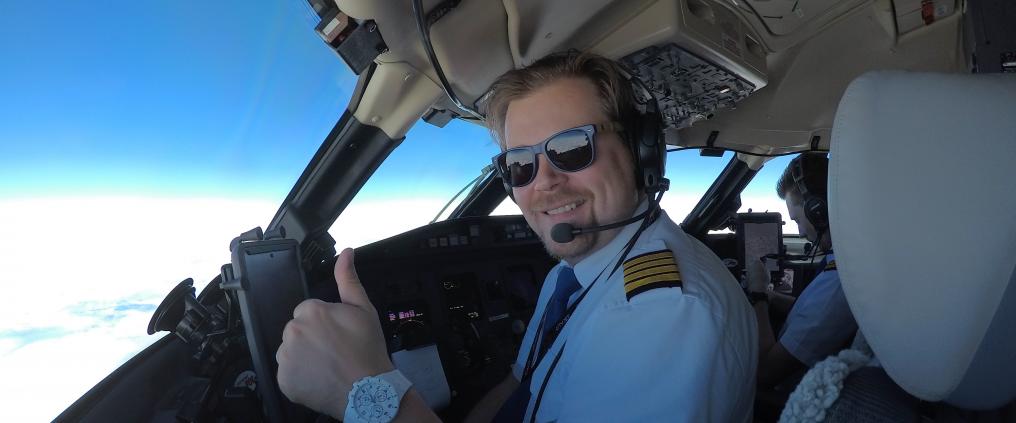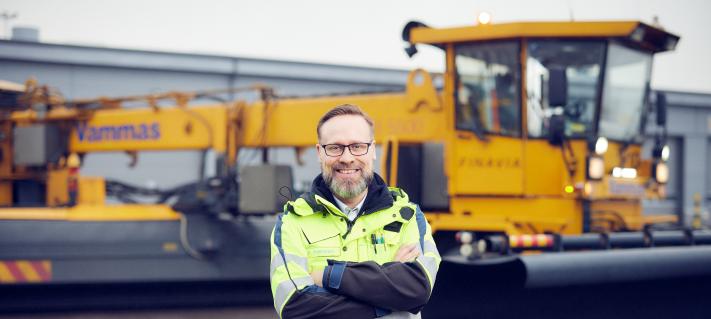Airplane landings can sometimes be smooth, sometimes not so. But if the touchdown feels rough, should we blame the weather, the pilot’s lack of skills or something else?
Pilot Tapio Siivola explains the possible reasons behind a bumpy landing.
1. A firm landing can be safer
“Passengers often think that a successful landing is as smooth as possible. But in fact, the pilot can consciously make a firm landing because it is safer,” Siivola says.
“A soft landing can more easily cause a runway overrun: if the airplane descends too slowly in the final metres and floats down the runway before touchdown, there will be less runway left for braking. Pilots have a saying that there is nothing as useless in the world as the runway behind a landing airplane. For many pilots, a firm landing is simply the best landing,” Siivola states.
2. Certain runways require a firm landing
“If the runway is very short, the pilot needs to get the plane to land firmly and use every metre of the runway for braking. At London City Airport, for example, the runway is only 1,300 metres long, whereas the three runways at Helsinki Airport are all around 3,000 metres long. It makes a huge difference to stopping distance how early you can start braking.”
Siivola points out that very few runways are completely flat. “Even a slight downward descent on the runway means that the plane needs to land firmly to avoid an overrun. On an ascending runway, it is very difficult to make a smooth landing because the rising slope quickly eats up the airplane’s altitude,” he explains.
3. Weather conditions can make a runway slippery
“A runway can be slippery due to rain, slush, snow or ice, for example. In this case, a firm landing is the safest. At some airports, the landing area can carry rubber residue that has come off airplane tyres. After a rain shower in the summer, for instance, a runway like this is very slippery.”
4. Poor visibility is a challenge
“The black hole effect is often discussed in pilot training. The poorer the visibility due to darkness or fog, the harder it is for the eyes and the brain to estimate the altitude during the final stages of landing.”
According to Siivola, if the pilot is used to landing on a runway that has a certain width, the altitude may appear higher than usual when the runway is narrower, for example.
“In this case, passengers may experience a bumpy landing,” he says.
5. Wind conditions can change suddenly
“Wind, especially when it is gusty, can cause a surprise. If wind weakens right when the plane is about to land, passengers may feel a bump during touchdown. This does not require a reckless drop. Sudden changes in wind conditions can still be felt when descending from the altitude of 1–3 metres,” says Siivola.
6. Each landing is manual work
“Landing is one of the most difficult things in flying – in my opinion more difficult than taking off. In a matter of minutes, the pilot must have knowledge of so many things, a complete focus and great eye-hand-foot coordination. During landing, a pilot’s right hand, left hand and feet are each performing their respective tasks.”
“The flight speed cannot be too fast or too slow, and the descent rate needs to slow down right before the runway. An experienced pilot can have performed thousands of landings, but each new one is always different. Sometimes the touchdown can be a bit rougher than planned,” Siivola concludes.
YouTuber pilot sheds light on aviation facts from behind the scenes.



